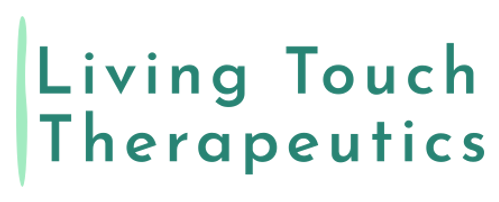Climb Stronger and Safer: How Massage and Corrective Exercise Benefit Rock Climbers
- Benjamin Mishleau
- Feb 13
- 3 min read

I love climbing—whether it’s in the mountains or, more often (since there aren’t many mountains near Lincoln, Nebraska), at a local climbing gym. While I enjoy the physical challenge and the test of my upper body strength, my favorite part of climbing is the mental exercise of planning each ascent. On a mountain or rock face, I love searching for the best path to the top. In the gym, I enjoy studying the patterns on the wall, carefully planning my footholds, handholds, and body positioning to reach the final hold.
Although I’m only an occasional climber, I have friends who climb regularly, almost every day. Unsurprisingly, they have incredible upper-body strength and grip endurance. However, they also often experience increased muscle pain. Climbing engages a wide range of muscles but can also create imbalances and weaknesses in underused areas. Over time, these imbalances increase the risk of stress and injury.
Why Should Rock Climbers Exercise Outside the Gym?
Like any specialized activity, rock climbing strengthens certain muscle groups while leaving others underdeveloped. If you’re a dedicated climber, it’s important to supplement your climbing workouts with exercises that target the rest of your body.
For avid gym climbers, don’t let the climbing wall be your only source of exercise each week. Strengthening the lower body—including the legs, glutes, and lower back—is crucial for maintaining overall balance and reducing the risk of injury. Improving joint mobility throughout the body can also help prevent injuries during minor falls.
Consider working with a personal trainer to create a well-rounded fitness plan that addresses any weak areas in your body. A popular saying goes, "You’re only as strong as your weakest link." You might be able to conquer a V10 or higher, but if your body has an underlying weakness, you’re setting yourself up for pain and potential injury.
How Can Massage and Corrective Exercise Help Climbers?
Whether you’re looking to prevent injuries or recover from the wear and tear of climbing, massage and corrective exercises are invaluable tools for rock climbers.
For Outdoor Climbers: Outdoor climbing involves a wider range of muscles, as hiking to and from locations adds stress to the entire body. Regular massages, especially before and after a climbing trip, can help relax and balance muscles, preparing them for the demands of the climb and aiding recovery afterward. Massage can also ease soreness and stiffness, helping you transition smoothly back to your daily routine. Incorporating corrective exercises to identify and strengthen weak areas ensures your body is ready for future climbs.
For Indoor Climbers: Indoor climbers often focus intensely on the same muscle groups, leading to overuse and imbalance. A combination of massage and corrective exercise is more effective than either alone. Massage can relieve overworked and sore muscles, while corrective exercises target and strengthen weaker areas, creating a balanced body that is more resilient and less prone to injury. This approach keeps you climbing longer and more comfortably—on the wall and off the bench.
By integrating full-body fitness, massage, and corrective exercises into your routine, you can climb smarter, stronger, and safer—ready to take on whatever challenges the wall or rock face has in store.
If you're a rock climber in Lincoln, Nebraska, struggling with pain or strain that's keeping you from climbing at your best, book a session today—let’s work together to help you feel and move better!





Comments